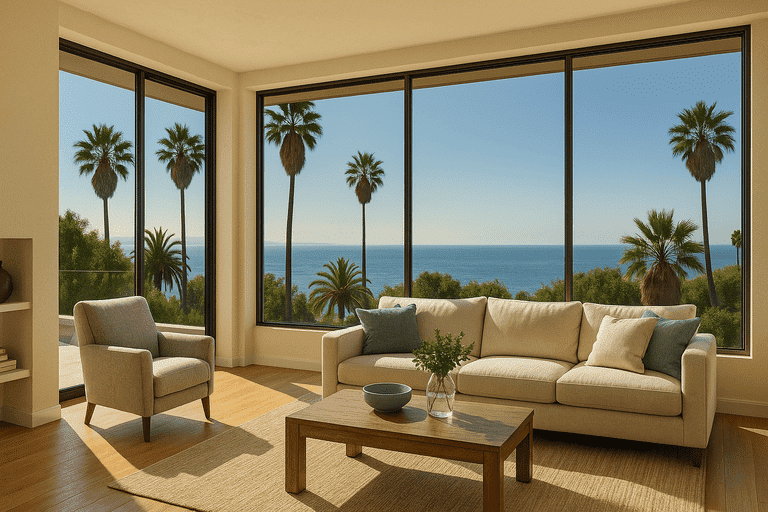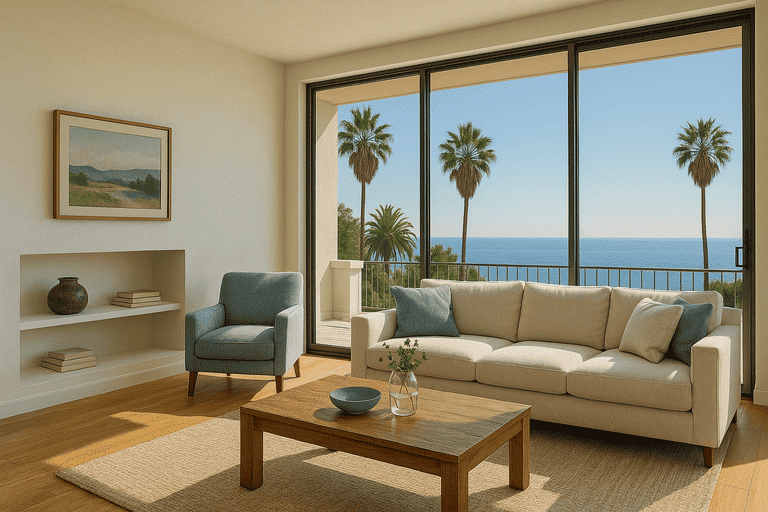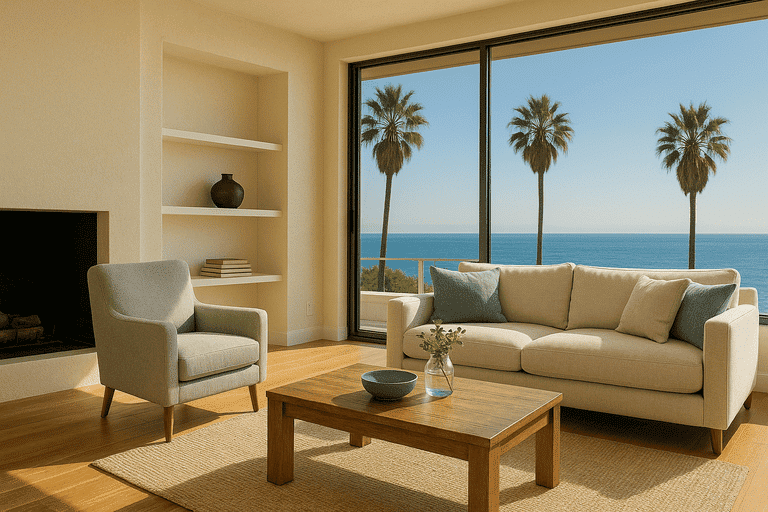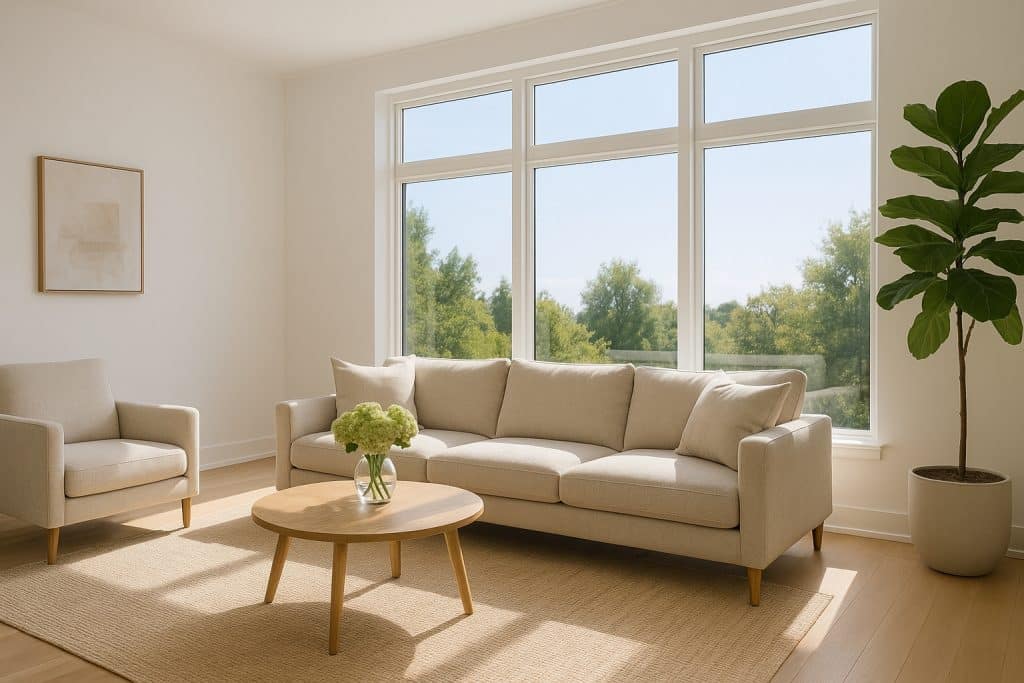Why More Homeowners Are Choosing Window Tinting
In sun-soaked regions like San Diego and Southern California, homeowners are increasingly turning to residential window tinting as a smart upgrade. With intense UV rays and high cooling costs, window tinting offers a practical solution for comfort, efficiency, and protection—without replacing your windows.
Whether you live in a coastal home in La Jolla or a high-desert house in Palm Springs, window tinting can dramatically transform your home’s feel and function.

Benefits of Residential Window Tinting
Here’s why investing in window tint is a smart move for SoCal homeowners:
🕶 UV Protection
Tint blocks up to 99% of harmful UV rays, preventing damage to furniture, flooring, and artwork.
Energy Efficiency
Tinted windows reduce heat gain, helping your air conditioning system run less frequently. That means lower energy bills, especially during peak summer months.
Enhanced Privacy
Reflective or frosted films provide daytime privacy without sacrificing natural light.
Glare Reduction
Perfect for media rooms or home offices, tints reduce screen glare and eye strain caused by direct sunlight.
Safety & Security
Some films are shatter-resistant, offering added protection against break-ins or accidents.

Popular Types of Window Tint for Homes
There are several categories of film to match your goals and home style:
1. Dyed Window Film
- Cost-effective
- Reduces glare and enhances privacy
- Has a non-reflective matte finish
2. Metalized Window Film
- Contains tiny metallic particles
- Blocks heat and strengthens glass
- Has a shiny, reflective look (may not be HOA-approved in some areas)
3. Ceramic Window Film
- Premium option with advanced heat rejection
- Non-metallic and non-reflective
- Ideal for coastal homes to avoid corrosion
4. Carbon Film
- Great thermal insulation
- Fade-resistant dark tone
- Popular for modern aesthetics
5. Frosted & Decorative Films
- Offer privacy and design flexibility
- Popular for bathrooms, glass partitions, and sidelights
The Installation Process Explained
Professional installation is key to maximizing the performance and lifespan of window tint. Here’s what the process typically involves:
Step 1: Clean & Prep
Windows are thoroughly cleaned to remove any dust, debris, or residue.
Step 2: Custom Cut
The film is measured and cut precisely to fit each window pane.
Step 3: Apply the Film
Using a soap-and-water solution, the installer applies the film and smooths it out to eliminate bubbles or wrinkles.
Step 4: Curing
It may take 1–2 weeks for the film to fully adhere and cure. During this time, it’s best to avoid cleaning the windows.
Pro Tip for SoCal Homes: Install during spring or fall to avoid extreme heat, which can impact curing time.
Cost Breakdown and ROI in San Diego
Here’s a rough pricing guide for homeowners in San Diego and nearby areas:
| Type of Film | Avg Cost per Sq. Ft. | Key Features |
|---|---|---|
| Dyed | $5–7 | Privacy, glare reduction |
| Metalized | $6–9 | Heat rejection, reflective |
| Ceramic | $8–12 | High performance, no signal interference |
| Decorative/Frosted | $6–10 | Aesthetic, privacy enhancement |
Long-Term ROI
Homeowners typically save 10–30% annually on cooling costs. With San Diego’s rising energy rates, many recoup the investment within 2–3 years.

Choosing the Right Installer in San Diego and SoCal
Not all tint jobs are equal. Here’s what to look for when hiring a pro in San Diego:
- Local Experience: Knowledge of California tint laws and local climate
- Warranties: Top-grade films come with 10–15 year or lifetime warranties
- Customer Reviews: Check Google and Yelp for trusted feedback
- Certifications: Look for IWFA-certified installers (International Window Film Association)
Bonus Tip: Many San Diego-based tinting companies offer free home assessments—take advantage of them to get the best deal.

